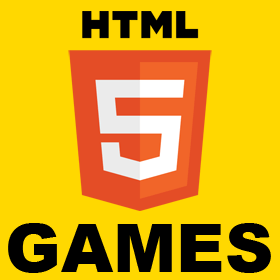How to avoid screen flicker when embedding responsive Phaser game in Bootstrap site
Phaser games can be responsive and will fit in the available space which makes it easy to embed in variety of devices with different sizes. When Phaser games are embeded in a Bootstrap site which is responsive, there can be some flickering on the web page when game is initially loaded. When Phaser games are loaded, it loads in the actual size it was created in and afterwards CANVAS is resized to fit in the available space. The example below is a bootstrap template in which Phaser game is embeded in half of the screen and remaining half screen has some other content. Click the link to load the page to see how the game is being resized to fit in the available space. To make the game load in a nice manner without visible resizing, we need to intially hide the div in which game is loaded. In Phaser boot method we can[…]




